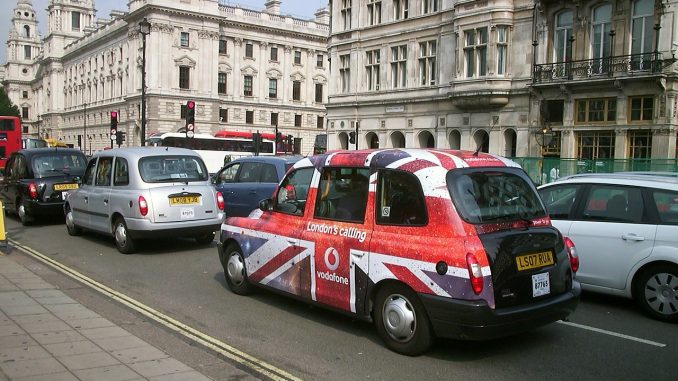
Low emission zones were introduced in London in 2008. However, a recent study has shown that despite improving air quality, the number of children with poor lung function hasn’t improved. The daily charges were introduced in a bid to bring down levels of particulate matter, which can lead to more premature deaths and the worsening of certain lung and heart conditions.
Despite improvements being seen in levels of nitrogen dioxide and nitrogen oxide, levels of particulate matter haven’t improved, according to the study. And although some pollutant levels had declined, the number of children suffering from asthma or lung capacity problems hadn’t.
In light of this, the authors of the study recommended that in order to improve the respiratory health of children, tougher measures should be introduced – with co-author Chris Griffiths from primary care at Queen Mary University noting: “Traffic pollution harms children’s health, particularly development of lungs.”
According to research carried out by the WHO, 93% of children around the world are breathing polluted air. This contributes to around 4.2 million premature deaths a year. A reduction in lung capacity is particularly dangerous in children. This is because it can lead to stunted lung growth, which increases the risk of asthma, and causes a worsening of the condition in existing sufferers. When people go into adulthood with existing lung problems, they are likely to have a lower life expectancy.
Low emission zones are often used as part of initiatives to reduce emissions. The current zone in London requires diesel vehicles to meet European guidelines. It is one of the largest in the world, but other zones have already been implemented across Europe and in some Asian cities, including Tokyo and Singapore.
The researchers pointed out that the measure did have an effect on children’s lung health; however, the effect wasn’t as substantial as expected. Also, the authors said that in order to make a fairer comparison, research would need to be carried out in cities that didn’t have any low-emission zones in place.
Going forward, there are plans for new traffic control measures to be introduced in London. This would be an “ultra-low-emission zone”, whereby vehicles would need to meet much stricter emissions standards. Vehicles that didn’t meet the standard would need to pay a daily charge to travel within the zone. This would cover a larger area and would affect around 3.6 million more residents by 2021.


Leave a Reply